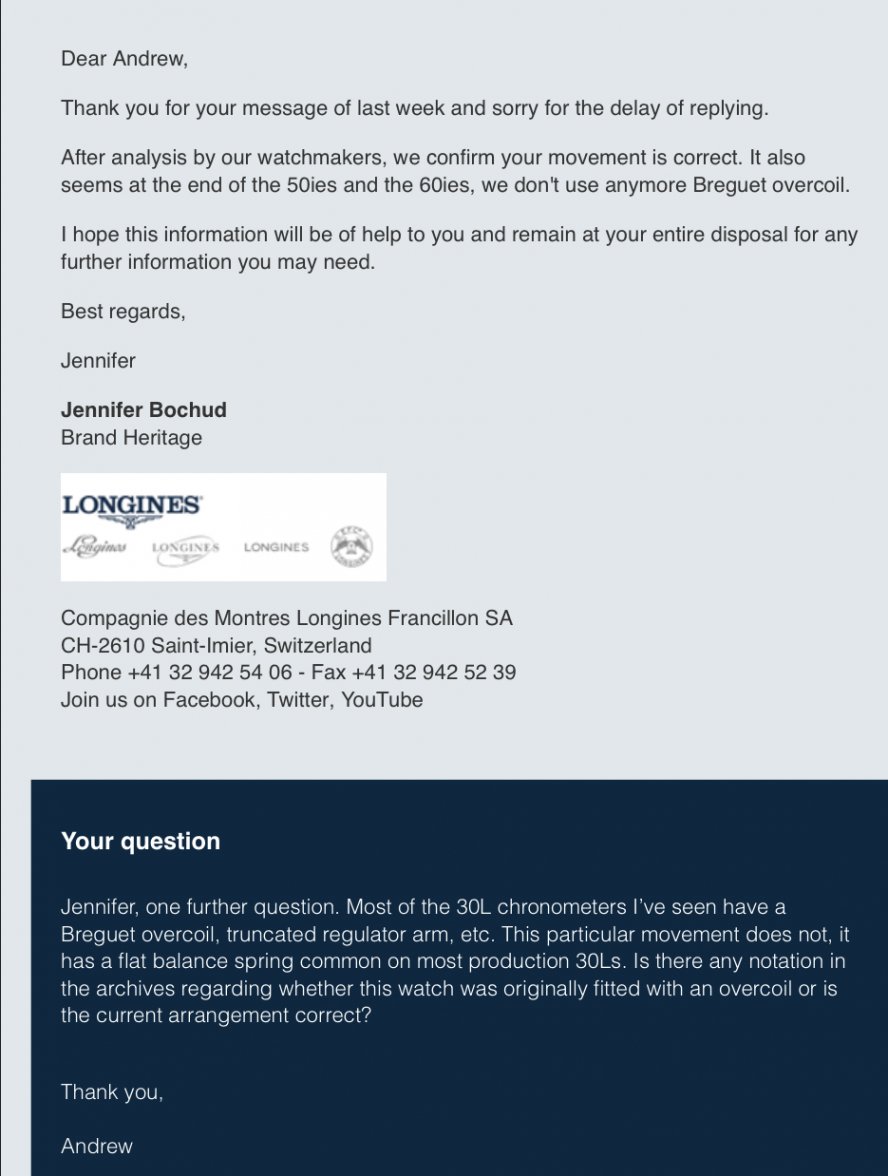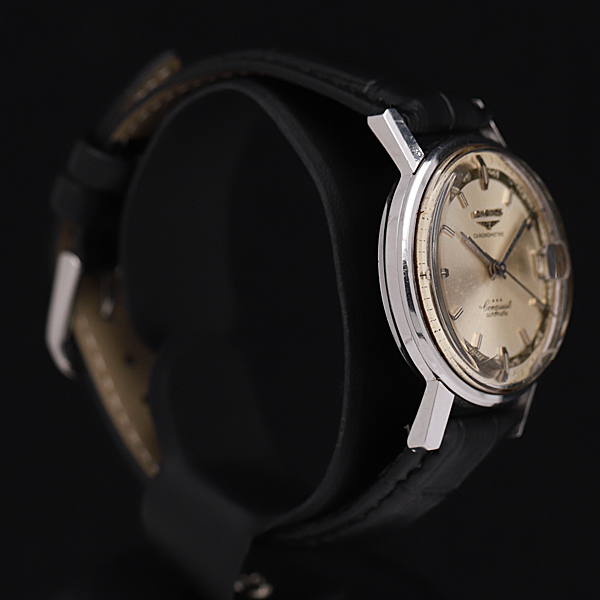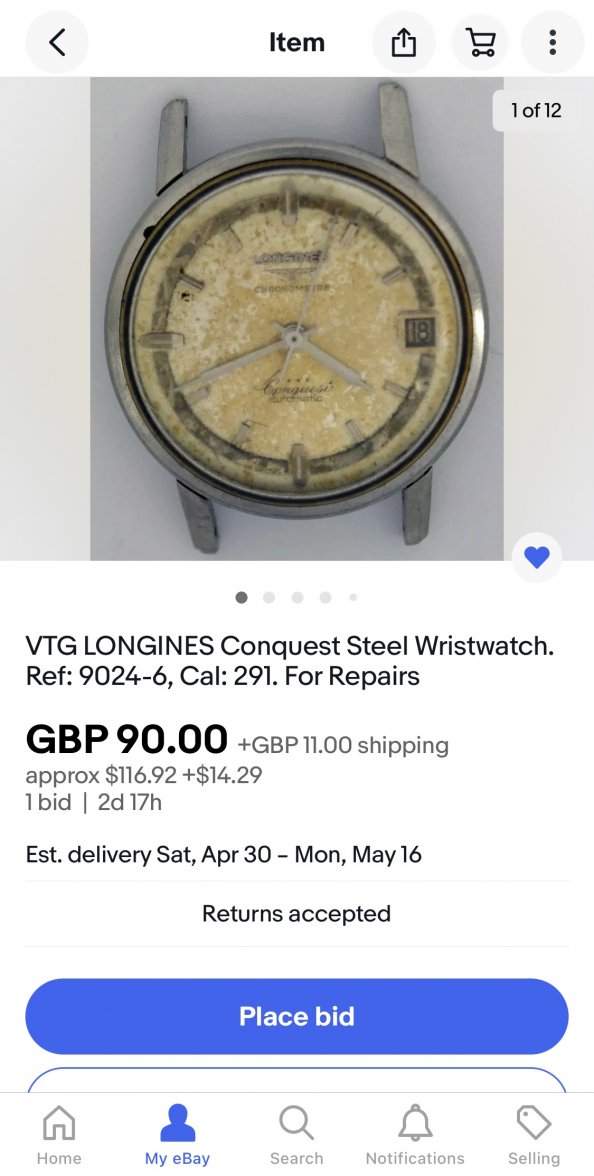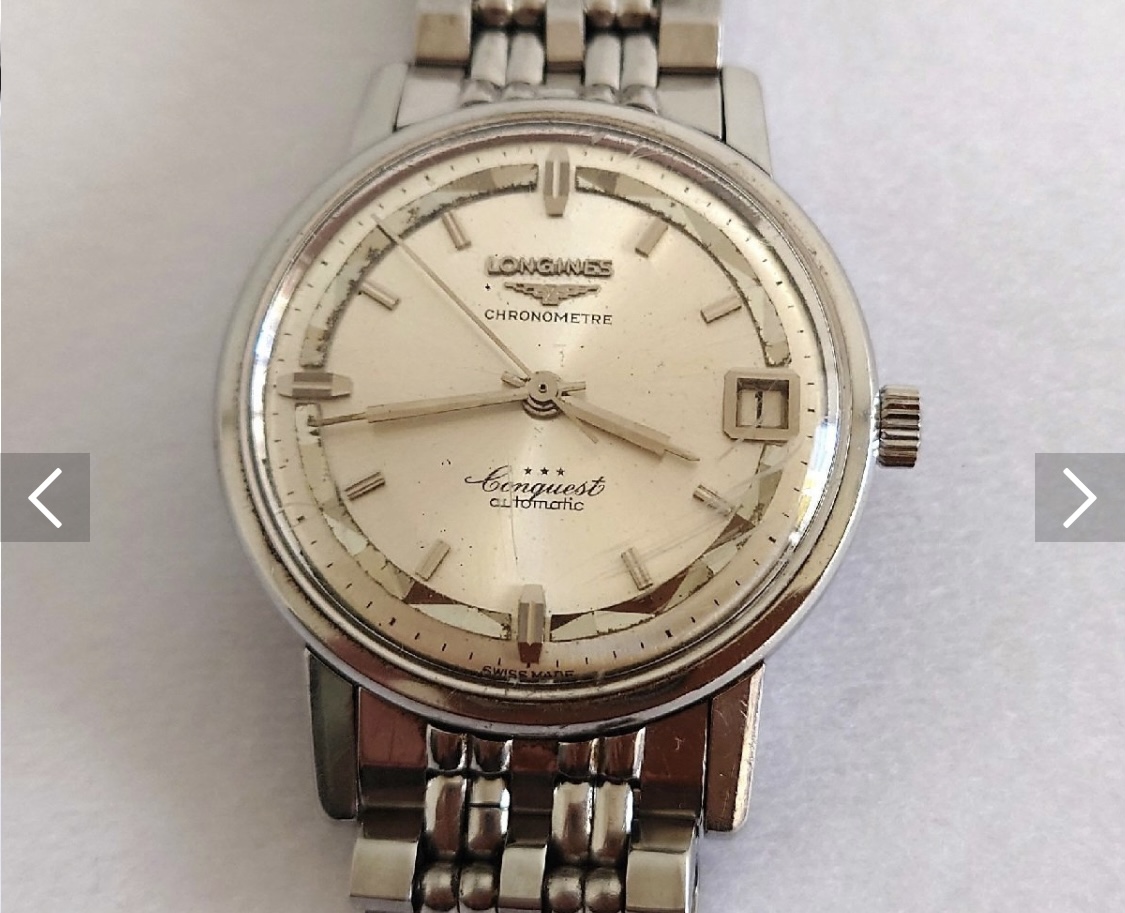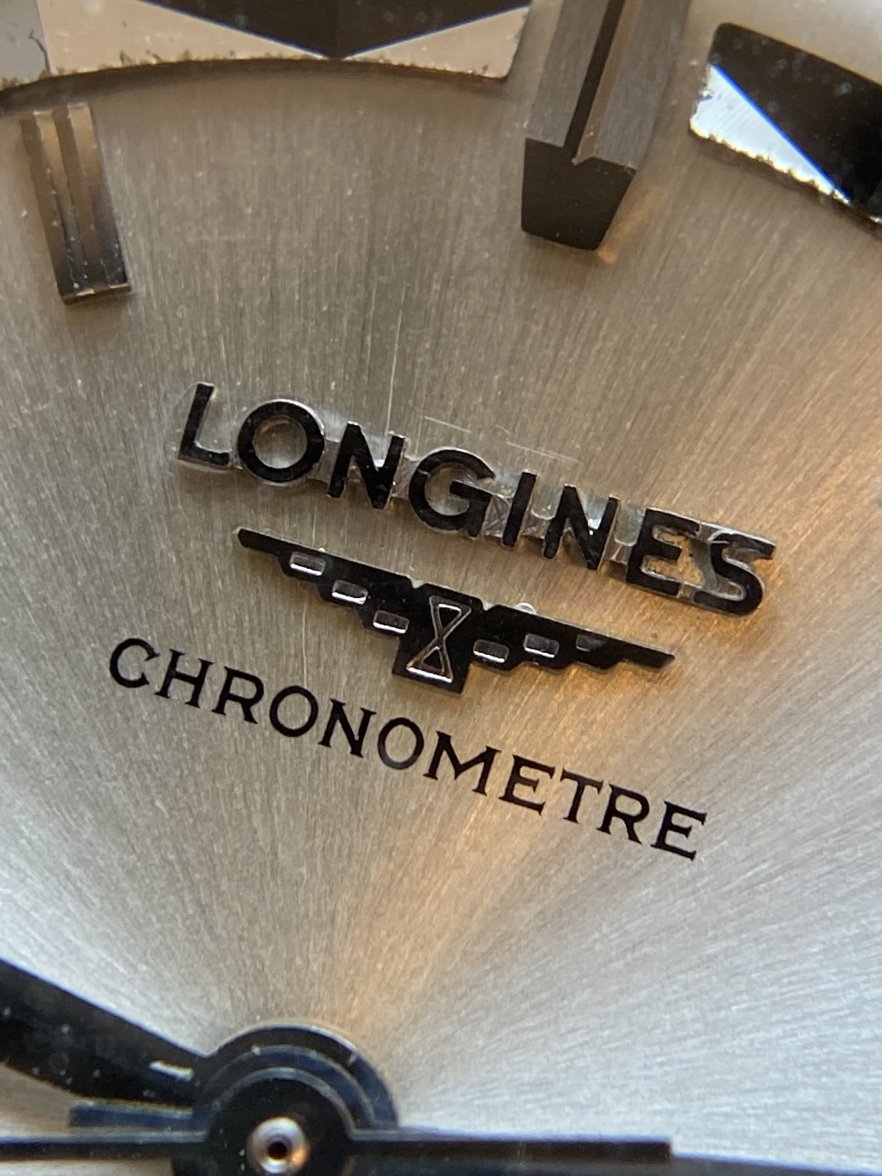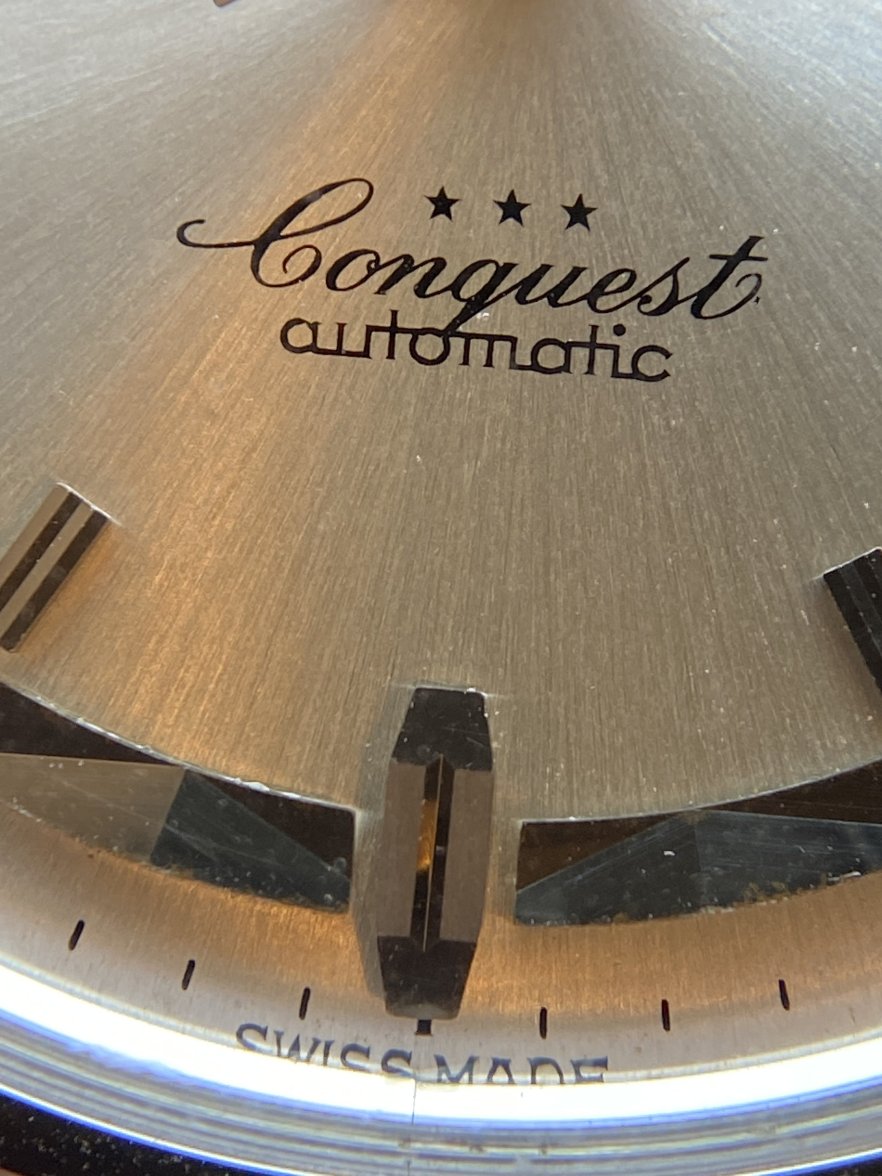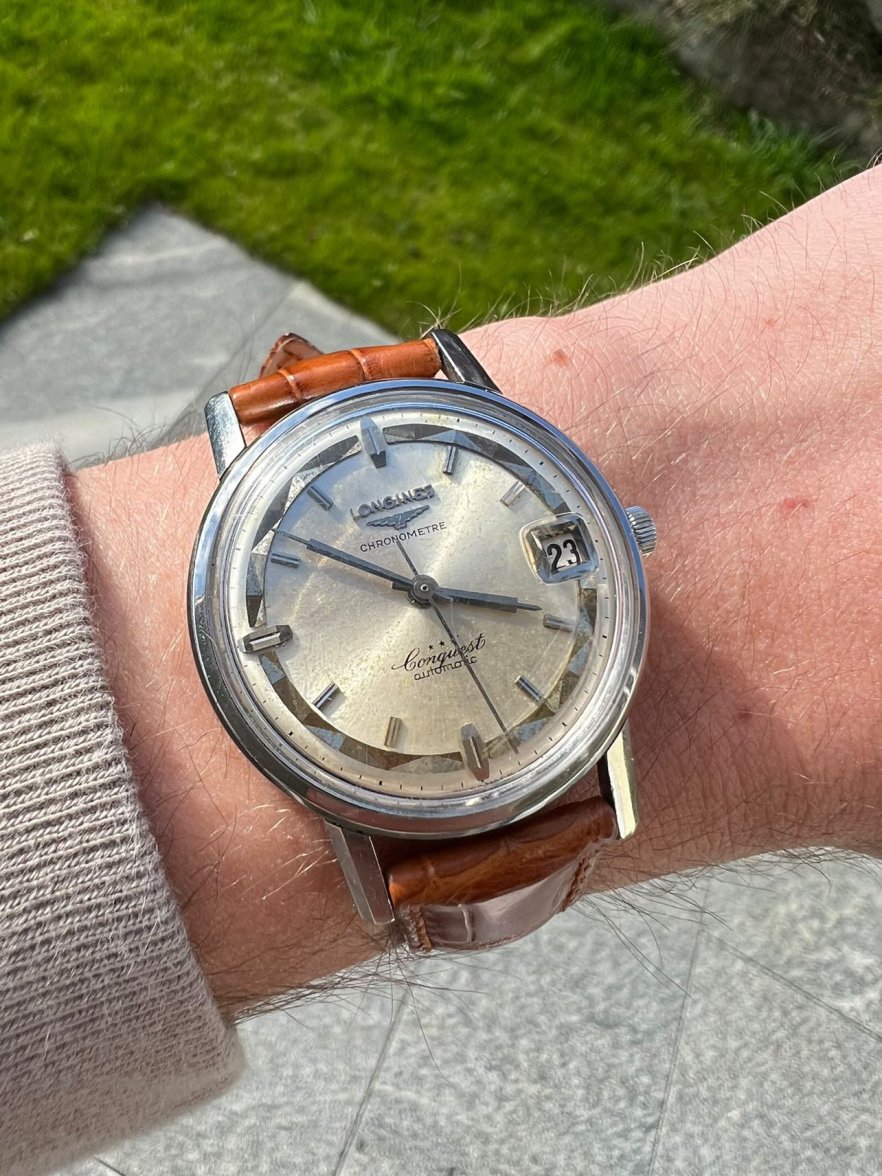Hi,
Just sharing some of my collector's experience I have with Longines chronometers, it doesn't seem to have any straight rules to distinguish an actual chronometer from standard production movement by eye. Like Rumar89 showed, chronometers made before 1960
usually had an overcoil, but there were already some exceptions, like the 30LS : I've never seen the center second variant of the 30L with an overcoil, chronometer or not. The 28x/29x family doesn't seem neither to ever had have an overcoil, even in the earliest examples of the late 1950s. Only movements older than the 30L always had an overcoil in their chronometer version (like the 12.68Z or 22AS). But some non certified movements also had the overcoil, so it was impossible to distinguish movements only on this feature (the 27.0 for example looked the same with or without chronometer certification).
Some chronometers had an inscription about temperature and positions adjustements, but no rules again, 30L chronometers never had these, some late 22AS and 27.0S for north american market had them, the 280 chronometers I've seen had those as well but
not the 341, this last being made in the early 1960s like the 28x/29x and having no visible distinction between its chronometer and standard version. Only the later 431 seems to always had those inscription in the chronometer version.
Concerning micrometer regulators, as well no clear rules. While they were extensively used for their pocket chronometers, none of the 1950s wrist size had one to my knowledge. All the 34x and later 43x family had one, but I don't recall having ever seen one in the 29x family, while the 28x had two different types (swan neck and eccentric screw). I'm doubtful the rotor would allow enough space for the nice swan neck of the 280 chronometer.
Most of the time, what really sets apart chronometer from non chronometer movements is the use of higher grade materials, mostly for the hairspring and barrel spring, but the naked eye can't judge those.
Now here's another 291 chronometer from this japanese site, the movement seems identical and goes for the non-visible distinction with standard version :
https://www.tokei.blog/longines/26909

